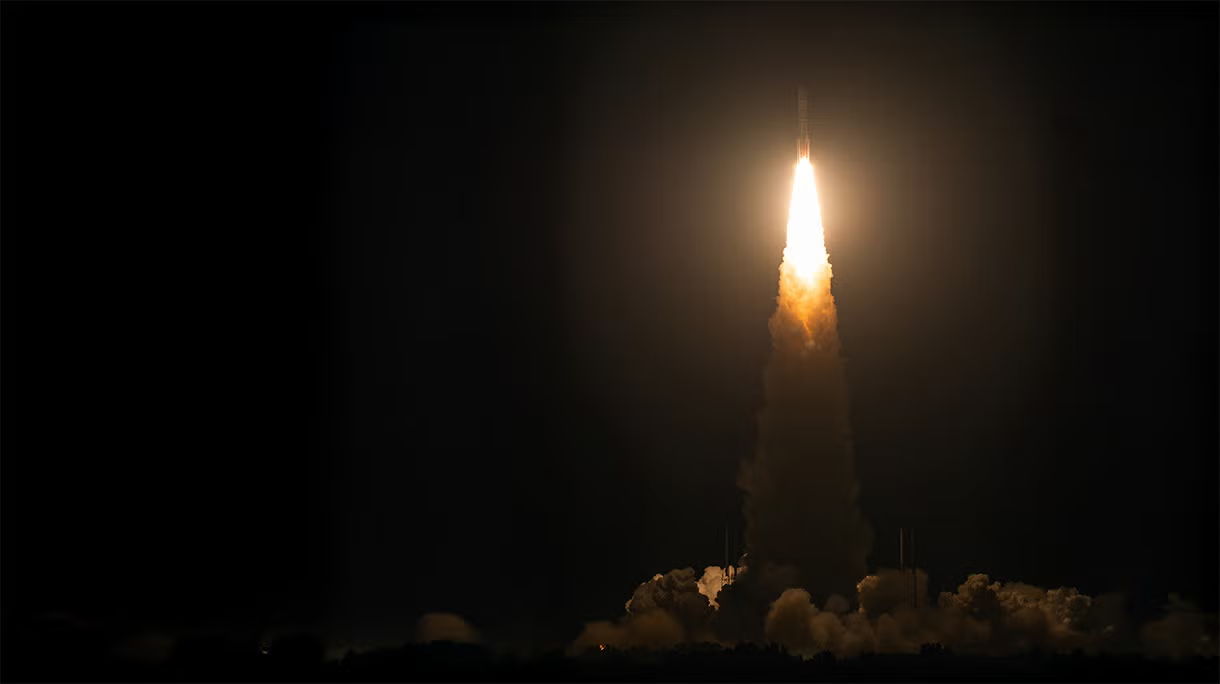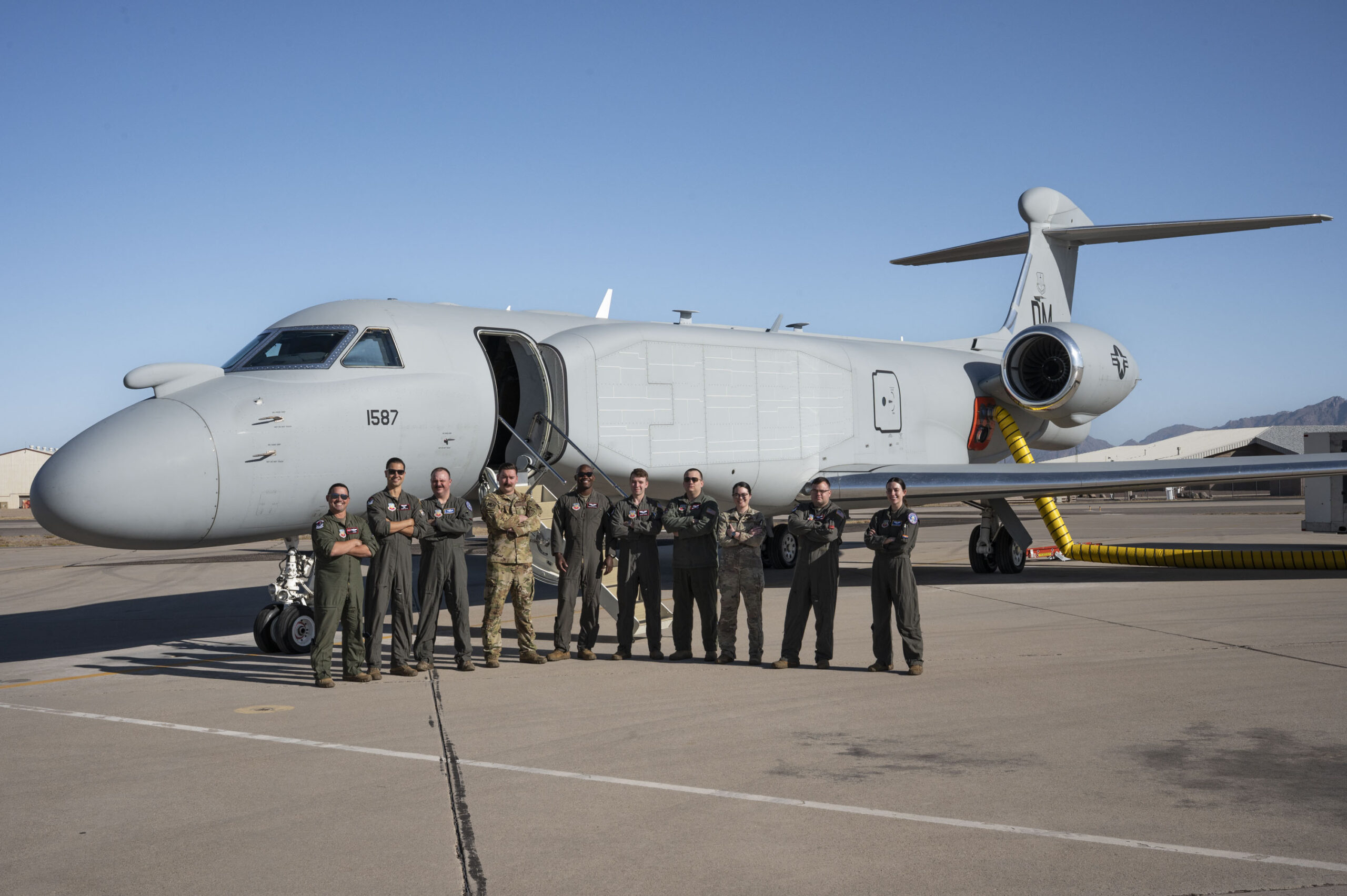US Space Force successfully launched the L3Harris-built advanced Navigation Technology Satellite – 3 (NTS-3) from Cape Canaveral Space Force Station on 12 August 2025 on a United Launch Alliance (ULA) Vulcan rocket.
NTS-3 is the US Department of Defense’s first experimental navigation satellite system in nearly 50 years and also the first fully reprogrammable positioning, navigation and timing (PNT) satellite.
“The need for accurate and uninterrupted PNT has never been more essential to our warfighters who operate in GPS-denied environments,” Ed Zoiss, president of Space and Airborne Systems at L3Harris, was quoted as saying in a company press release. “The successful launch of the NTS-3 system is the first step in updating 20th century technology to help address current threats to our national security.”
L3Harris noted that it delivered NTS-3 three times faster and at lower cost than similar programmes by leveraging industry-standard form factors and interfaces. NTS-3 is also smaller and lighter than traditional PNT satellites and will operate at a higher altitude.
Once on-orbit, the satellite will perform experiments to shape the future of US space-based PNT capabilities. NTS-3’s payload technology is modular, scalable and can be configured to fly on different satellite buses, which L3Harris says will be instrumental in achieving future affordability goals and mission timelines.
L3Harris technology was also present on the ULA Vulcan rocket that put NTS-3 into orbit. The rocket used two L3Harris RL10 engines, providing a combined total thrust of nearly 214 kN, 12 MR-107 thrusters to help steer the upper stage and helium tanks all built by L3Harris.
In addition, key spaceflight avionics provided by the company include controllers, data acquisition units and the T-740U transmitter, which are crucial for vehicle control and data relay during launch.













